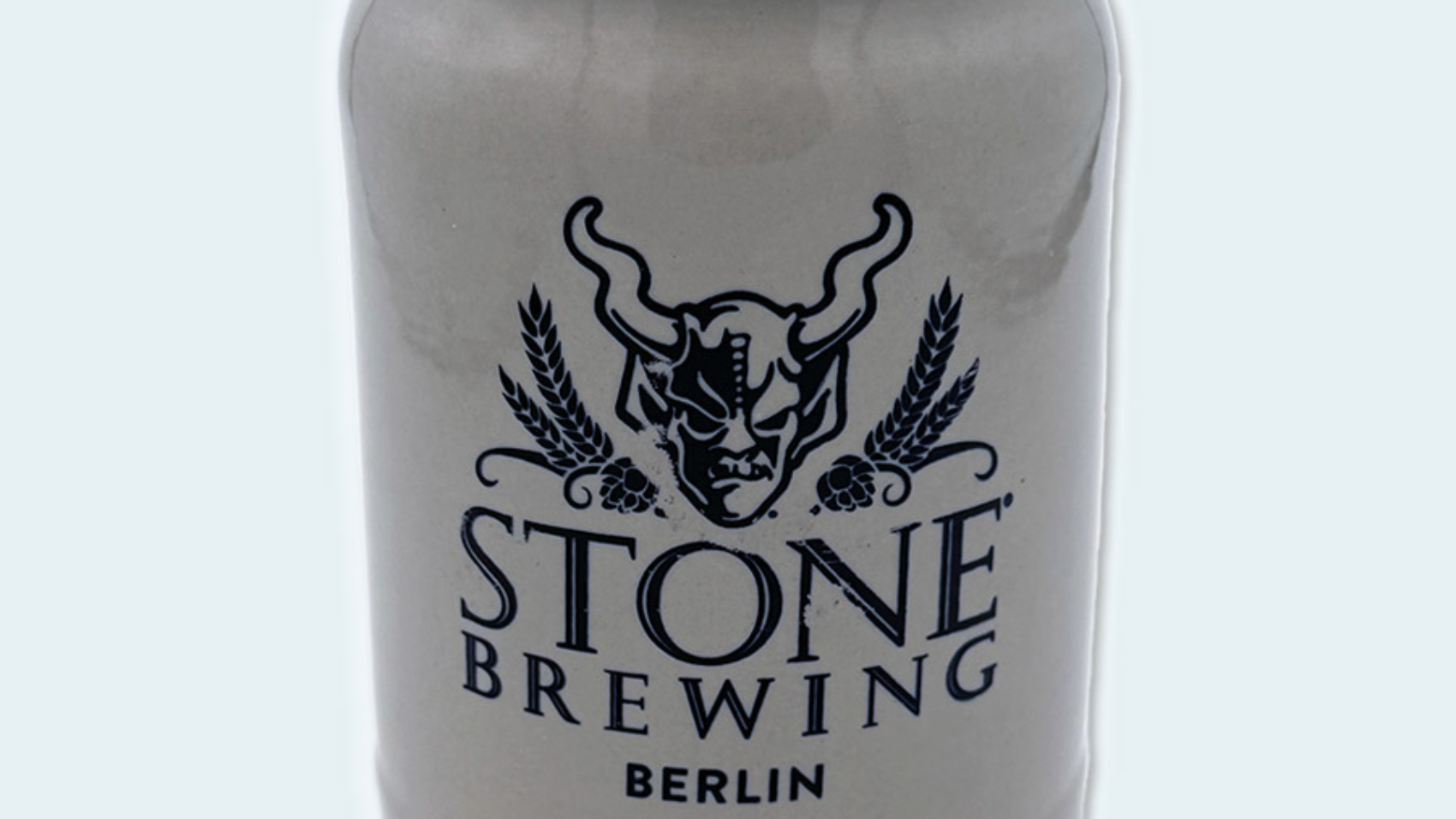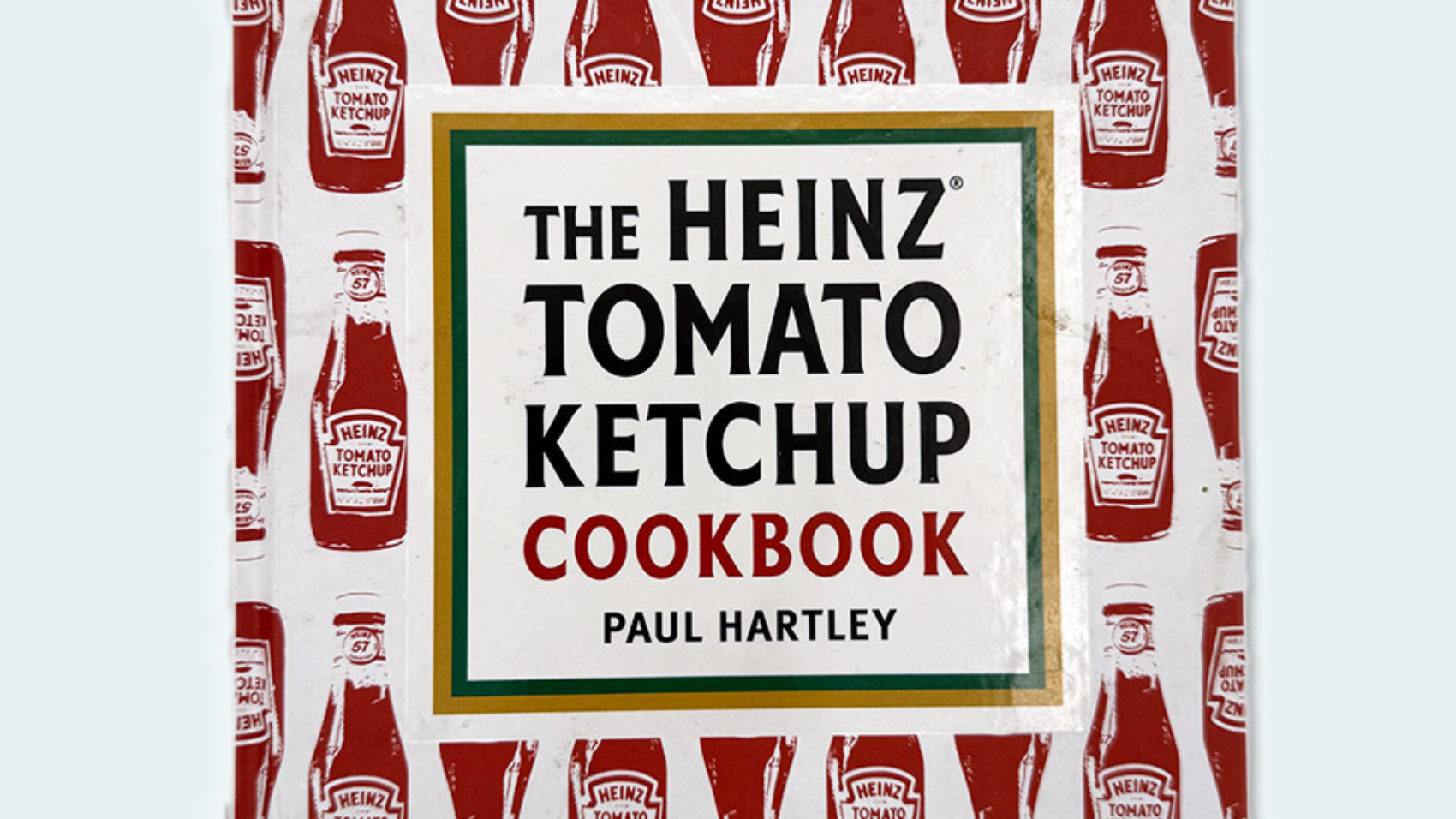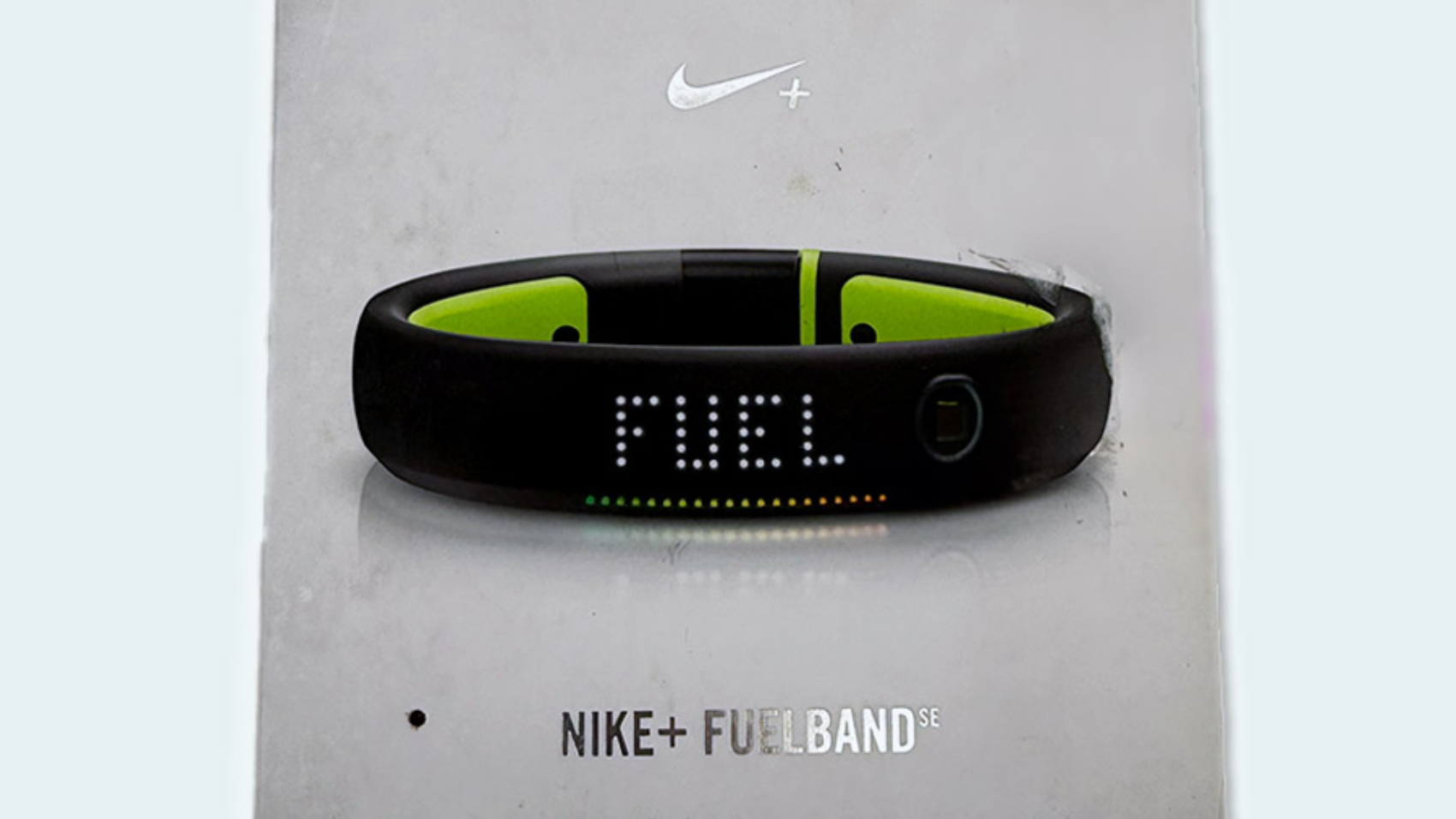Launched in 1981 and discontinued in 1986, the airline seemed to be getting good mileage out of the cross-use of its work force. Pilots took turns hefting baggage. So did flight attendants. Sales representatives worked check-in counters. Headquarters personnel doubled as helpers at the airport.
Employee productivity was among the best in the industry. The fact that the employees each owned a piece of the action may have had something to do with that.
People’s no-frills service enabled it to keep its overhead, and fares, down. It was making a living out of “unbundling” the various components of air travel. In other words, its passengers paid for what they wanted. And, more importantly, they didn’t pay for what they didn’t want.
The management of People Express was betting that travelers without baggage and those who didn’t find airline food enticing would be prepared to give the company a try to save big on the fare.
Somewhere along the way, though, People Express forgot its roots. Or, at any rate, its routes. The routes that made it such an instant hit and hiked its load factors into the mid-70% range were from Newark to cities such as Buffalo, N.Y.; Columbus, Ohio; Sarasota, Fla., and Norfolk, Va. There wasn’t much competition on routes like these.
Had People been content to stay with a winner, the vast secondary market tier represented by communities such as those, the majors would probably have left it pretty much to its own devices.
But People couldn’t resist the temptation to take on the big boys in their own playground. Soon the People livery was being seen in Chicago, where United holds sway, and in Dallas, where it came into competition with American.
It went into the Atlanta market, and suddenly Delta began to take notice. It bought a 747 and started charging less than $300 round-trip between Newark and London.
Lesson No. 1 was that American, United, et al., do not surrender turf easily. No. 2 was that when you take on these behemoths you’re no longer competing on the basis of price, because they won’t let you charge less than they do; they’ll match you dollar for dollar, no matter how low you go.
Instead, you find yourself competing with their automated reservations systems, their interline agreements with other airlines and, perhaps most crippling for People Express, with their frequent-flier programs.











